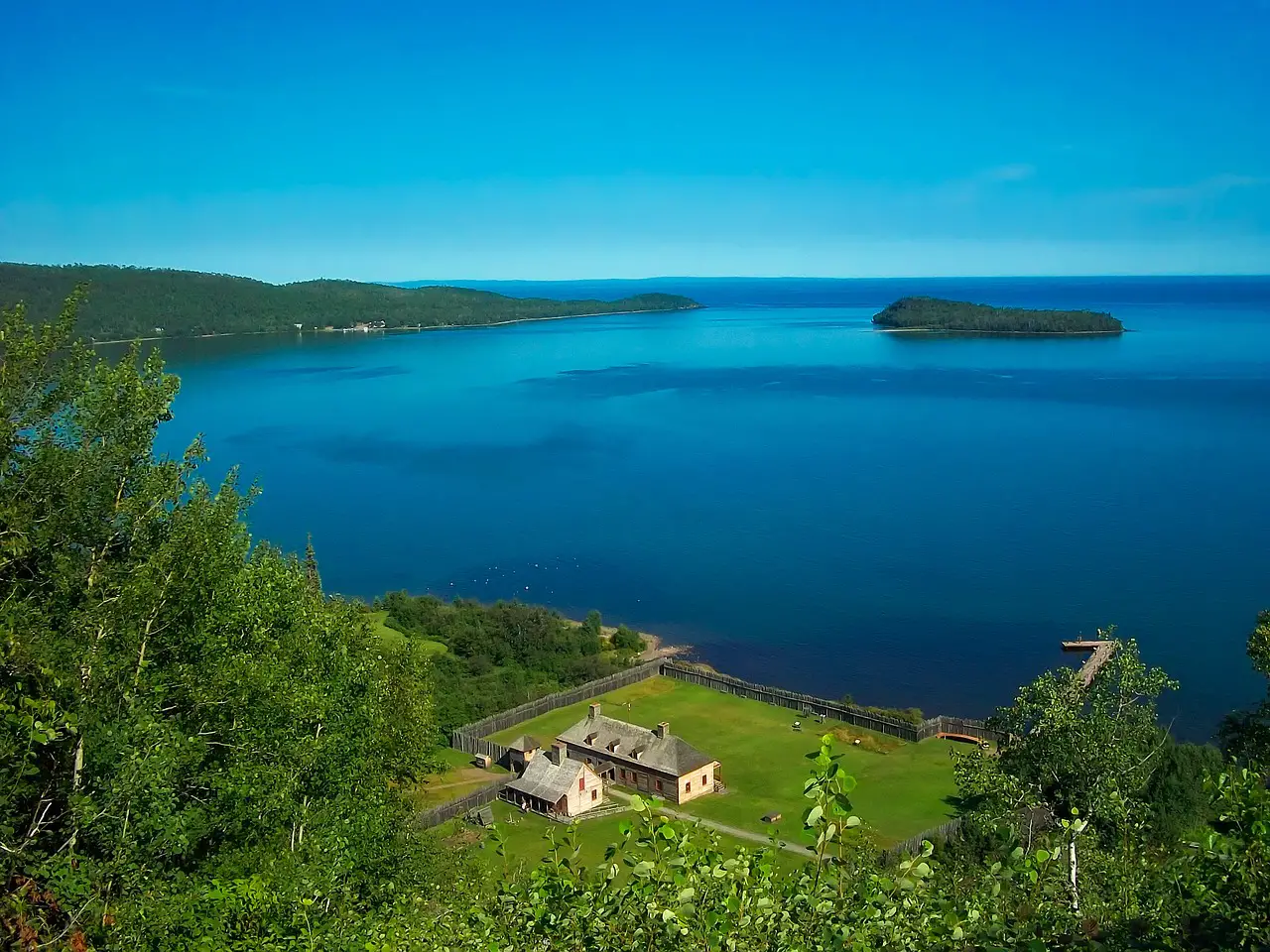This was the notice from the U.S. Forest Service:
The Superior National Forest is closing the Boundary Waters Canoe Area Wilderness, effective August 21, 2021, due to active and increasing fire activity, extreme drought, limited resources. The closure will be in place for seven days and may be modified or extended as conditions allow. This is the first announcement this summer to denote Boundary Waters Canoe Area Closed.

The Boundary Waters Canoe Area Wilderness stopped issuing entry permits Saturday, closing all land, water, trails, portages, campsites, canoe routes, and wilderness entry points until Aug. 27.
The Boundary Waters Canoe Area is within the Superior National Forest. The area is one of the most visited federally designated wilderness regions.
This closure includes all lands, waters, trails, portages, campsite, canoe routes, and Wilderness entry points in the Boundary Waters Canoe Area Wilderness.
The Forest has notified permit holders and outfitters and is canceling permits today through August 27. Permit holders will be fully reimbursed. At this time, all overnight paddle, day use, and motorized day use are canceled. The Forest will reopen portions of the Wilderness and for other uses when it is safe.
We did not make this decision lightly. We understand it will have significant impacts on business and our visitors. Thank you for your cooperation and understanding.
Nearby Isle Royale National Park has also experienced wildfires during the summer of 2021.
What is the Boundary Waters Canoe Area
In northeast Minnesota, the Boundary Waters Canoe Area Wilderness (BWCAW or BWCA) is one of America’s most beautiful and isolated areas. Its immense wilderness spans 150 miles along the US-Canada border. It spans roughly 1,098,000 acres and boasting over 1,100 lakes and 1,500 miles of canoe trails. BWCA is popular canoeing, hiking, and fishing destination. It’s also one of the most visited wilderness areas in the United States attracting more than 150,000 tourists each year.
The Boundary Waters Canoe Area Wilderness is located inside the Superior National Forest in the northeastern portion of the United States state of Minnesota. The United States Forest Service manages it. The protection of the Boundary Waters Canoe Area Wilderness as a primitive wilderness began in 1900. The area was formalized with the Boundary Waters Canoe Area Wilderness Act of 1978.



